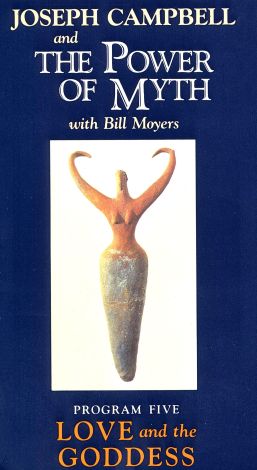


The basic structure, however, has remained relatively unchanged and can be classified using the various stages of a hero's adventure through the story, stages such as the Call to Adventure, Receiving Supernatural Aid, Meeting with the Goddess/Atonement with the Father and Return. The Hero's Journey was the story of the man or woman who, through great suffering, reached an experience of the eternal source and returned with gifts powerful enough to set their society free.Īs this story spread through space and evolved through time, it was broken down into various local forms (masks), depending on the social structures and environmental pressures that existed for the culture that interpreted it. These metaphors are statements that point beyond themselves into the transcendent. To achieve this task one needs to speak about things that existed before and beyond words, a seemingly impossible task, the solution to which lies in the metaphors found in myths. An enthusiast of novelist James Joyce, Campbell borrowed the term "monomyth" from Joyce's Finnegans Wake.Campbell also made heavy use of Carl Jung's theories on the structure of the human psyche, and he often used terms such as anima, animus and ego consciousness.Īs a strong believer in the psychic unity of mankind and its poetic expression through mythology, Campbell made use of the concept to express the idea that the whole of the human race can be seen as engaged in the effort of making the world "transparent to transcendence" by showing that underneath the world of phenomena lies an eternal source which is constantly pouring its energies into this world of time, suffering, and ultimately death. The central pattern most studied by Campbell is often referred to as "the hero's journey" and was first described in The Hero with a Thousand Faces (1949).

Campbell often referred to the ideas of Adolf Bastian and his distinction between what he called "folk" and "elementary" ideas, the latter referring to the prime matter of monomyth while the former to the multitude of local forms the myth takes in order to remain an up-to-date carrier of sacred meanings. The theory is based on the observation that a common pattern exists beneath the narrative elements of most great myths, regardless of their origin or time of creation.

Comparative mythology and theoriesĬampbell's concept of monomyth (one myth) refers to the theory that sees all mythic narratives as variations of a single great story. Campbell's approach to folklore topics such as myth and his influence on popular culture has been the subject of criticism, including from folklorists.


 0 kommentar(er)
0 kommentar(er)
